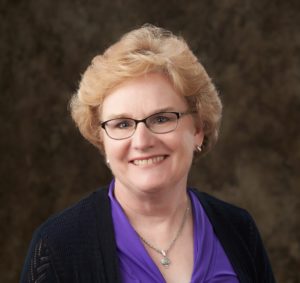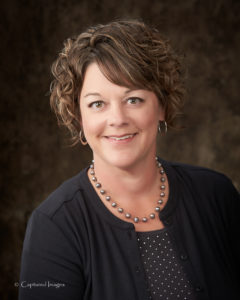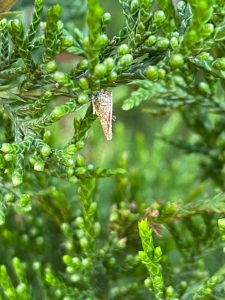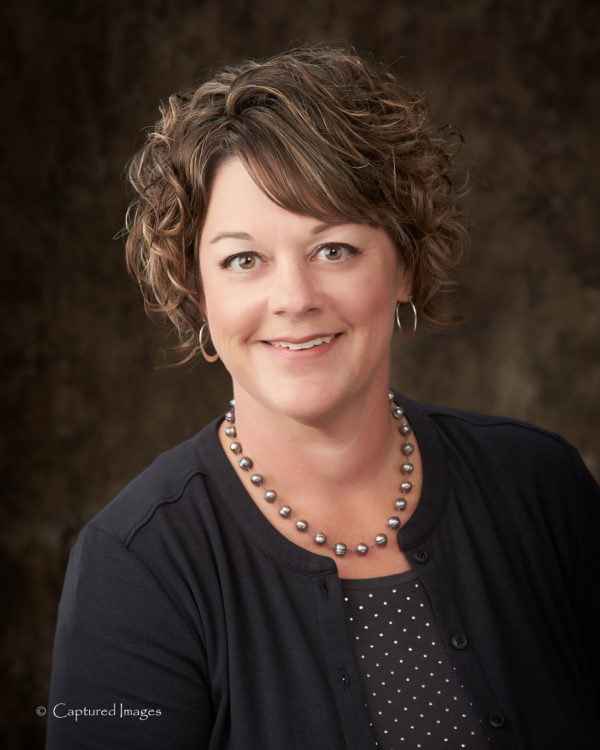
Staying Motivated to Exercise
Over and over again we hear that one of the best contributing factors to aging successfully is to keep active. Regular exercise is found to help with our sleep, our mental state, brain function — not to mention keeping our physical body stronger longer that assists with better balance.
So why do we find it easy to forego that much needed daily activity? I find excuses on occasion myself – “I’m tired,” “I ache or just don’t feel well.” Most of the time my day just gets away from me.
As we age, we truly have those days where we don’t feel well enough to exert extra energy – and we need to heed those hints our bodies send us. However, more than likely it could be a lack of planning or a shortage of desire that keeps us from following through.
If daily physical activity is one of the most important things we can do for ourselves to keep doing the things we enjoy as we age, how do we stay motivated? Consider the following tips.
First, make daily exercise a priority and then find ways to fit it into your day. We are more likely to stay moving if we consistently make time for it. This time of year, we may plan to beat the heat with an early morning walk. Make it a habit to park a distance away when connecting for appointments or shopping, if you can handle the extra steps. Physical activity doesn’t all have to be done in one fell swoop. Break it up into smaller segments and different activities to better use a variety of your muscles.
Do activities you enjoy. It will make it more fun. Right now the garden is a busy site for some physical activity. With this rain, I’ve found areas where the weeds have been flourishing even when the sun doesn’t shine. Be creative and try something new. I’m interested in learning more about pickleball.
Make it a social activity. Whether it’s the family dog or a neighbor close by, research has proven we are more accountable with our physical activity when others are counting on us to move with them. This encouragement helps keep us going and provides emotional support.
Get back on track if there has been a break in your routine. Life happens. Well laid plans aren’t always able to be kept. Things like weather and injury or illness interfere. If it has been an extended break, it’s important to start slowly and gradually build back up to your previous level. The activity types may need to be altered. However, there are some great chair activities that can be done if recuperation is needed.
Set goals and keep track of your physical activity. Tracking can be a motivator. The tracking may begin to indicate where weaknesses might be in a plan. Sometimes we think we are getting more exercise than we really are. There are devices available that track steps and heart rates to help monitor exercise levels. When goals are reached reward yourself and set a new goal.
Research suggests building up to at least 30 minutes of activity on most days of the week that accelerates your breathing. We are also encouraged to spread our activity across a variety of exercises that promote endurance, strength, balance, and flexibility.
Exercise should not hurt or make you feel really tired. You might feel some soreness, a little discomfort, or a bit weary, but you should not feel pain. Overall, being active will probably make you feel better and more productive.
For more information on physical activity, contact your Southwind Extension District office.
K-State Research and Extension is an equal opportunity provider and employer.








